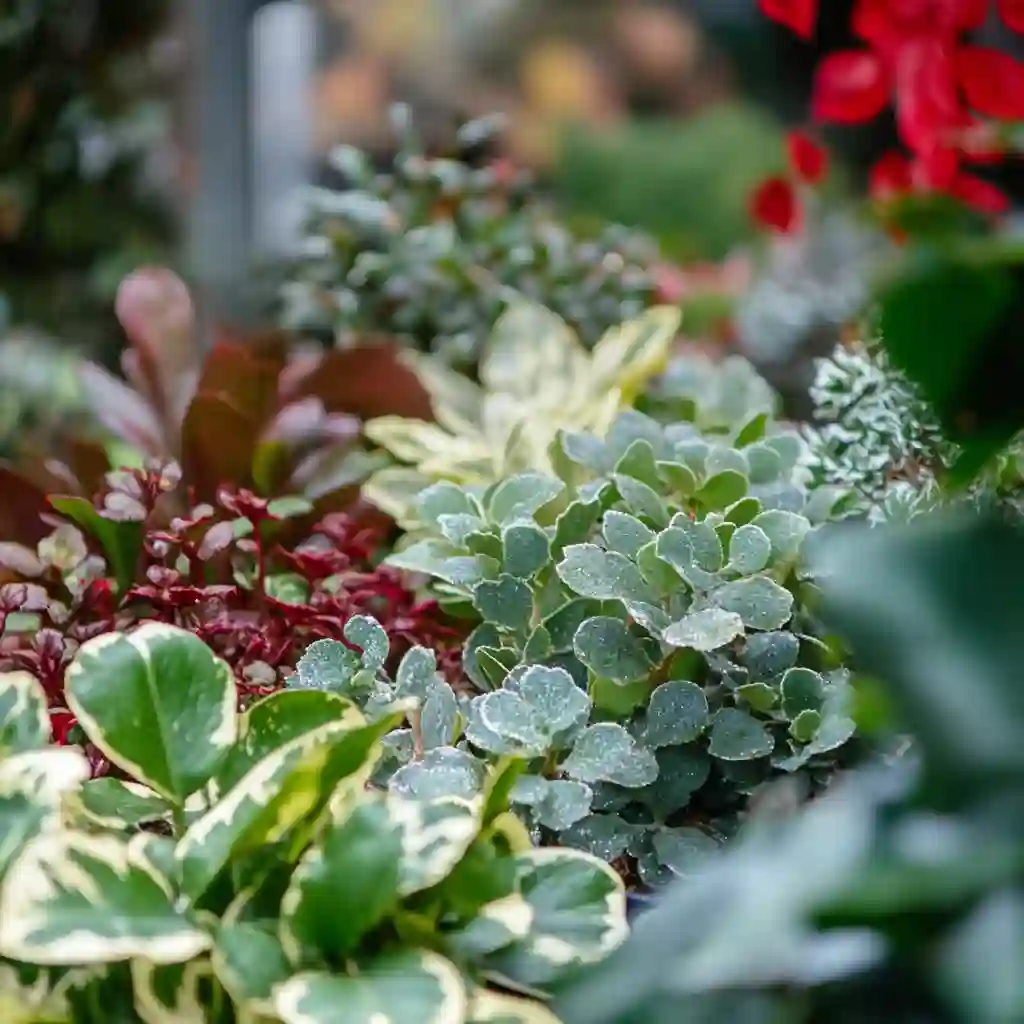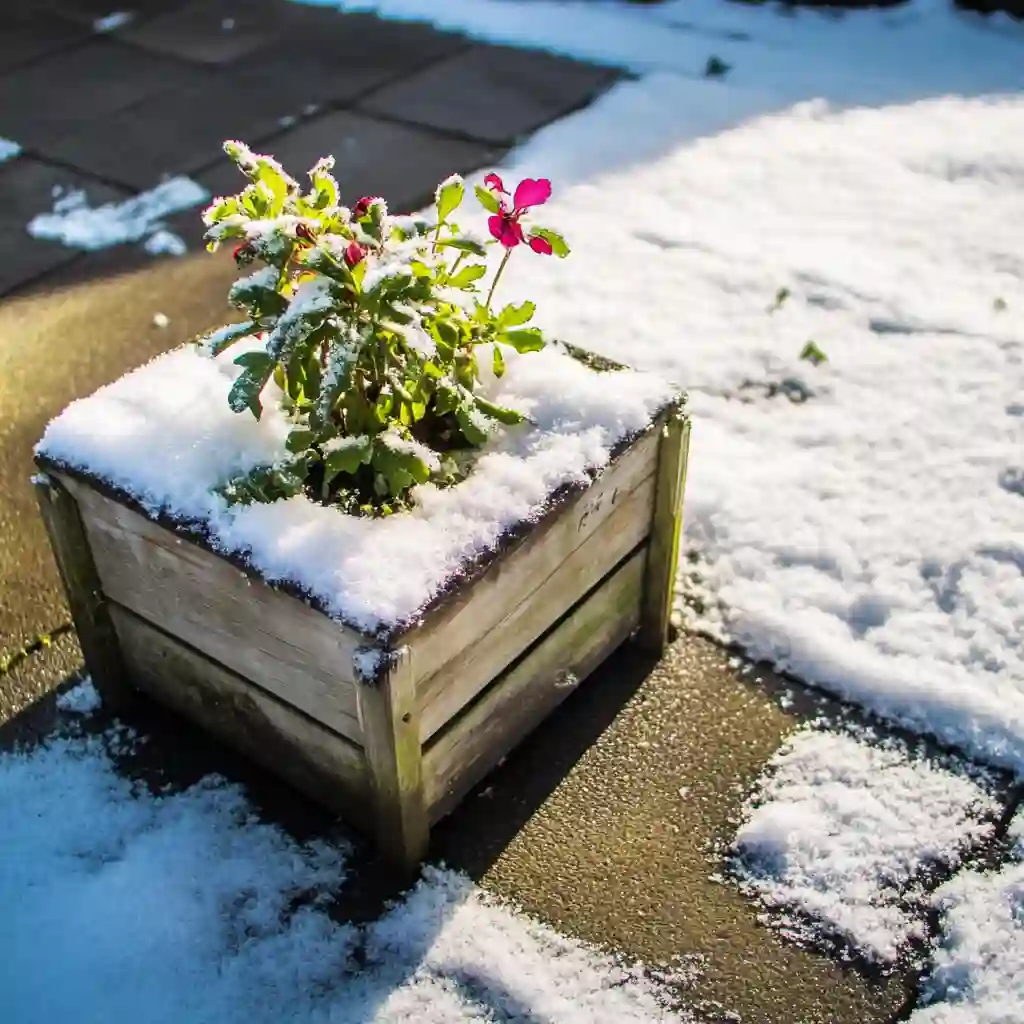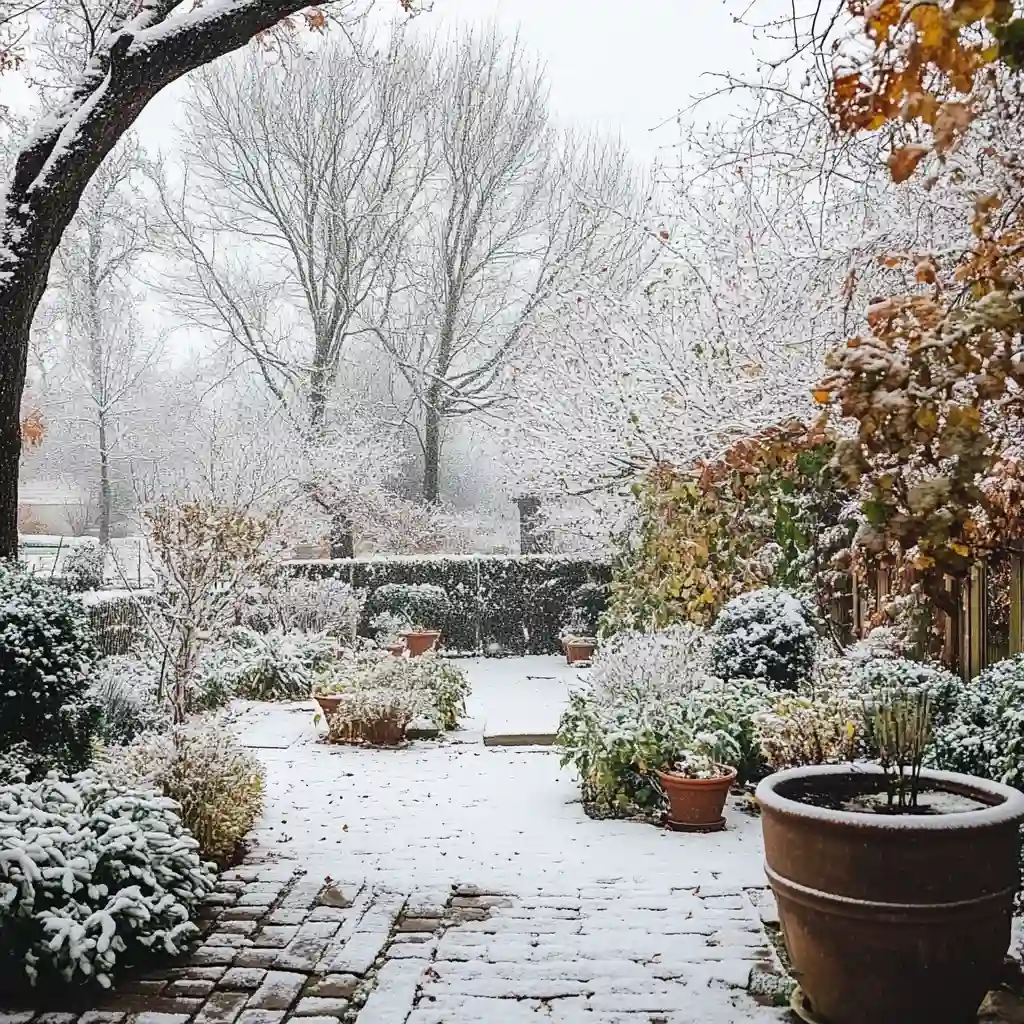As winter’s frosty grip approaches, ensuring your garden is prepared can be the difference between a thriving landscape and one damaged by unexpected freezes. In this guide, we’ll share expert strategies for winter plant care that help protect your greenery against low temperatures, frost, and cold snaps. Whether you’re managing a large garden or caring for a few potted favorites, these tips will help you safeguard your plants and maintain a vibrant, healthy outdoor space.
Understanding the Impact of Cold Weather on Your Plants
Cold weather poses unique challenges for plants. When temperatures drop:
- Frost Damage: Freezing air can cause cell rupture in plant tissues, leading to brown spots or complete die-back.
- Root Vulnerability: Soil that isn’t well-insulated may freeze, leaving roots exposed to damage.
- Stress on Delicate Species: Tropical and non-hardy plants are particularly at risk and may suffer even during brief periods of cool weather.
Knowing these risks sets the stage for effective preventative measures, allowing you to take action before the cold really sets in.
Hydration: Your First Line of Defense
One of the simplest yet most effective strategies is proper watering. Adequate hydration:
- Insulates Against Frost: Moist soil retains heat longer than dry soil, creating a natural buffer against sudden drops in temperature.
- Prevents Drought Stress: Water-stressed plants are more susceptible to cold damage, so ensuring consistent moisture can boost resilience.
- Pre-Freezing Technique: Watering your garden a few days before an anticipated frost can help maintain a slightly warmer microclimate around the roots.
By giving your plants a good drink in advance, you provide them with an extra layer of protection during winter’s harshest moments.
Relocating and Shielding Your Potted Plants
When a drop in temperature is on the horizon, take action by either moving your potted plants to a sheltered spot or by giving them a protective covering if relocation isn’t an option.
The Benefits of Relocation
- Enhanced Microclimate: Moving plants closer to your home, especially near a south-facing wall or a warm porch, allows them to take advantage of residual heat and a milder microclimate.
- Natural Windbreak: Structures or natural barriers can shield plants from biting winds, reducing the risk of frost damage.
- Improved Sunlight Exposure: Relocated plants often receive more consistent sunlight, helping them maintain their internal warmth during cold spells.
Effective Covering Techniques
If moving your plants isn’t feasible, covering them is a reliable alternative. Consider these practical tips:
- Extend the Cover to the Ground: Use tarps, blankets, or even large plastic tubs to cover plants completely, ensuring the cover touches the soil. The warmth stored in the soil can help keep the foliage slightly warmer.
- DIY Greenhouse Effect: For extra insulation, you can improvise by adding strands of low-heat holiday lights around your plants. This gentle warmth can be especially beneficial during short-term freezes.
- Secure the Cover: Use weights like boards or rocks to secure your cover firmly, preventing it from blowing away and ensuring consistent protection throughout the night.
These measures work together to create a mini greenhouse effect, giving your plants a fighting chance against harsh winter conditions.
Advanced Techniques for Winter Plant Protection
When a severe freeze is forecast, extra steps can make all the difference in safeguarding your green companions.
Insulating Against Intense Cold
- Deep Mulching: Apply a generous layer of mulch, straw, or shredded leaves around your garden beds and container plants. This natural barrier helps maintain a stable soil temperature by trapping heat.
- Enhanced Covering: For plants that must remain outdoors, ensure your covers extend from the top of the plant down to the soil. Secure these with heavy objects like boards or bricks to lock in warmth and shield against biting winds.
- Relocation to Microclimates: Consider moving potted plants to sheltered spots like patios, near exterior walls, or even into a garage. These areas can provide a buffer against the most extreme temperature drops.
Transitioning Your Plants Indoors
Sometimes, the safest option during prolonged or severe cold is to bring your plants inside. Here are some best practices for indoor plant care:
Maximizing Indoor Light and Growth
- Optimal Light Placement: Position your plants near large windows where they can soak up as much natural sunlight as possible. This is crucial during shorter winter days.
- Tailored Watering Routine: Indoor plants typically need less water than their outdoor counterparts. Water them thoroughly, ensuring proper drainage to prevent waterlogging and salt buildup.
- Mindful Fertilization: With reduced growth during the winter months, cut back on fertilizer usage. A light application of water-soluble fertilizer every four to six weeks should meet their nutritional needs without overfeeding.
Safety First: Knowing Your Plants
Before moving plants indoors, it’s essential to be aware of any potential risks:

- Toxicity Check: Some popular houseplants can be harmful if ingested by children or pets. Research your plants’ toxicity and, if necessary, place them out of reach—on higher shelves or in less accessible areas.
- Creating a Secure Environment: Ensure that indoor spaces where you relocate plants are both safe for your family and conducive to the plants’ continued growth. This might include using plant stands, protective barriers, or choosing locations with minimal foot traffic.
Final Thoughts and Additional Winter Care Tips
As winter sets in, a proactive approach can be the key to preserving the beauty and health of your garden. With a few carefully planned steps, you can protect your plants from the damaging effects of frost and cold stress, ensuring that they continue to thrive even during the harshest months.
Recap of Key Strategies
- Thorough Watering: Water your plants well before a freeze to take advantage of the insulating properties of moist soil. This extra hydration helps reduce the risk of frost damage.
- Smart Relocation: Whenever possible, move potted plants to sheltered, south-facing areas. If relocation isn’t an option, make sure to cover your plants completely—from the top to the ground—to trap the natural warmth of the soil.
- Insulation Techniques: Use mulches, tarps, or even holiday lights to create a microenvironment that protects your plants from severe temperature drops.
- Indoor Transition: For plants that are highly sensitive to cold, consider moving them indoors. Position them near windows to ensure they receive ample sunlight, and adjust your watering and feeding routine to suit their indoor needs.
- Safety Considerations: Always be aware of any toxic properties of the plants you bring inside, especially if you have children or pets. Keep potentially harmful species on higher shelves or out of reach.
Stay Proactive and Monitor Local Weather
Monitoring local weather forecasts is essential during winter. This way, you can adjust your plant care strategies as conditions change and ensure that your garden is always prepared for the next cold snap.
Embrace the Season and Keep Your Garden Thriving
Winter is not just a time for bracing against the cold—it’s also a season to appreciate the unique charm of your garden in a different light. By following these strategies, you can turn winter challenges into opportunities for growth and resilience, setting the stage for a flourishing garden when spring arrives.
Keep exploring and learning: Bookmark this guide and check back for more seasonal gardening tips and expert advice to help you navigate every weather change with confidence.
Happy Winter Gardening!


